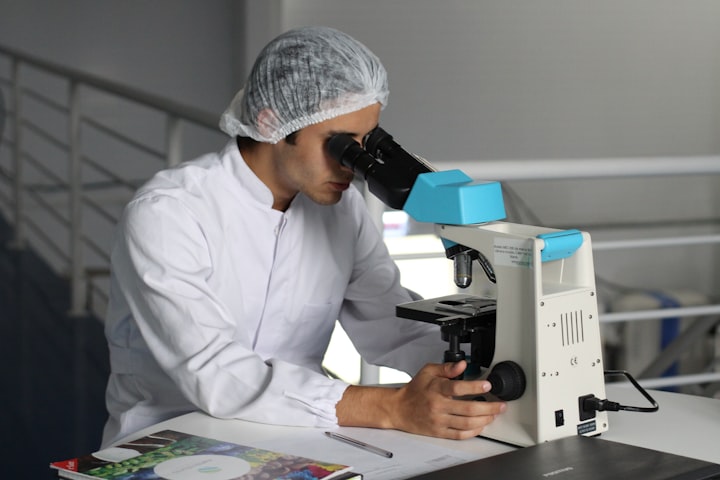Diagnosis of Male Cystitis: What Tests Are Needed?
What test can diagnose cystitis in men?

The bladder is an important urinary organ in males, and any issues with the bladder can cause significant distress. Cystitis is a highly prevalent urinary tract infection in clinical practice, although it is more commonly associated with females. However, males can also develop cystitis due to lifestyle habits or underlying conditions.
Cystitis can be classified as acute or chronic, and both types should not be underestimated. Acute cystitis is characterized by severe symptoms that greatly impact daily life, while chronic cystitis can be a prolonged condition that affects physical and mental well-being. If left untreated, cystitis can easily lead to complications and more serious health problems. Timely medical examination for cystitis is crucial for early detection and treatment.
Before conducting tests, the doctor will first inquire about the patient's symptoms, such as frequent urination, urgency, pain or discomfort during urination, and presence of blood in the urine. Providing a detailed description of when these symptoms started, their frequency, and severity is vital for diagnosing cystitis. The doctor will also perform a physical examination of the abdomen and pelvic region to check for signs of tenderness, pain, or enlarged bladder.
In addition, the doctor may recommend the following tests:
1. Urine Examination: The bladder is responsible for storing urine, and when males develop cystitis, there are noticeable changes in the urine. Patients may experience typical urinary abnormalities such as frequent urination and urgency, as well as signs of infection such as blood or pus in the urine. Laboratory urinalysis reveals an increase in white blood cell count, while urine culture identifies the pathogenic bacteria causing cystitis.
2. Imaging Tests: Imaging tests are commonly used in clinical practice. Ultrasonography allows visualization of bladder wall thickening, reduced bladder capacity, and even shrinking of the bladder's mucosal lining. Voiding cystourethrography is a routine imaging examination that provides a clear view of reduced bladder volume, rough bladder margins, or irregularities. These imaging tests expose the specific condition of the bladder, aiding in the identification of underlying causes.
For complex or recurrent cases of cystitis, the doctor may perform cystoscopy. This procedure allows for direct visualization of the bladder's inner lining, enabling assessment for signs of inflammation, ulcers, stones, or other abnormal changes. Cystoscopy involves the insertion of a flexible scope through the urethra to reach the bladder.
In clinical practice, many cases of cystitis require a combination of various tests for an accurate diagnosis. Utilizing multiple testing methods helps ensure a reliable diagnosis.
Once diagnosed, it is crucial for males to actively pursue treatment.
1. Antibiotic Treatment: Based on urine bacterial culture and antibiotic susceptibility test results, effective antimicrobial drugs are selected. Adequate dosage and duration of treatment are essential, generally continuing until symptoms subside and urine analysis returns to normal, for an additional 1 to 2 weeks. Throughout the treatment process, frequent urine bacterial cultures and antibiotic susceptibility tests should be conducted to adjust the choice of antibiotics as needed, aiming for complete eradication of the infection to prevent recurrence.
If acute cystitis is not promptly managed and progresses to chronic cystitis, Chinese herbal medicine, such as Diuretic and Anti-inflammatory Pill, may be an option for treatment.
2. General Treatment: Patients with acute cystitis should rest appropriately, increase fluid intake to promote urine volume, maintain proper nutrition, avoid consuming irritating foods, and find relief through warm water sitz baths. Patients experiencing pronounced bladder irritation symptoms may receive antispasmodic medications to alleviate symptoms.
It is important to follow the doctor's advice and treatment plan for male cystitis. Timely and accurate diagnosis, combined with appropriate
About the Creator
Amanda Chou
Looking to restore your life troubled by prostatitis, epididymitis, seminal vesiculitis and other male reproductive system diseases? Here are the resource to help you in this endeavor.






Comments
There are no comments for this story
Be the first to respond and start the conversation.